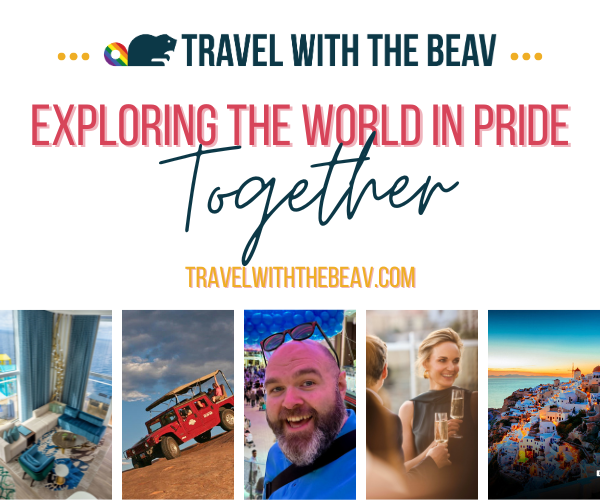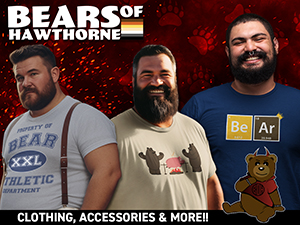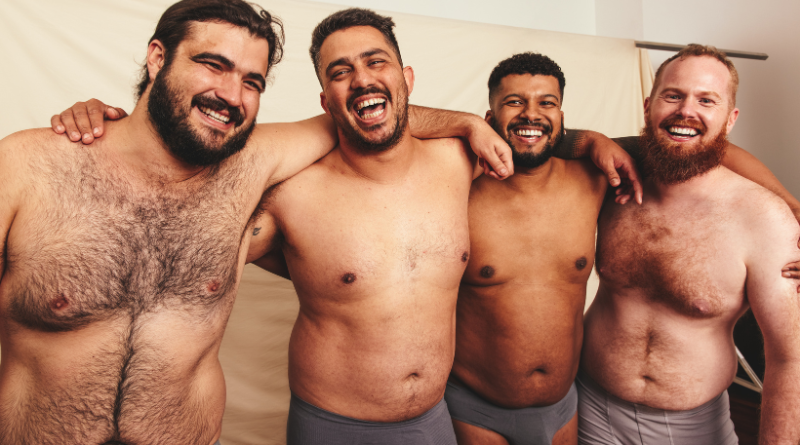
What Makes a Bear a Bear?
I get asked this question a lot when interviewed in my capacity as the editor of Bear World Magazine. And it’s a valid question. You should be able to define the subject you’re purportedly an expert on, right? And I have a very simple answer to that question – which I will get to in a minute.
Before I weigh in with my view on what a bear is, I think it important to examine some of the more popular definitions floating around out there about what constitutes a bear.
Most people imagine bears as men with beards, body hair and bigger bodies, typically muscular or with an ex-jock physique. This image stems mainly from the mainstream queer publications and tv shows like Drag Race or even major porn studios who don’t often veer away from societally approved body types. Are these men bears? Sure, but it’s an awfully narrow and homogenized approach to a bear’s body type.
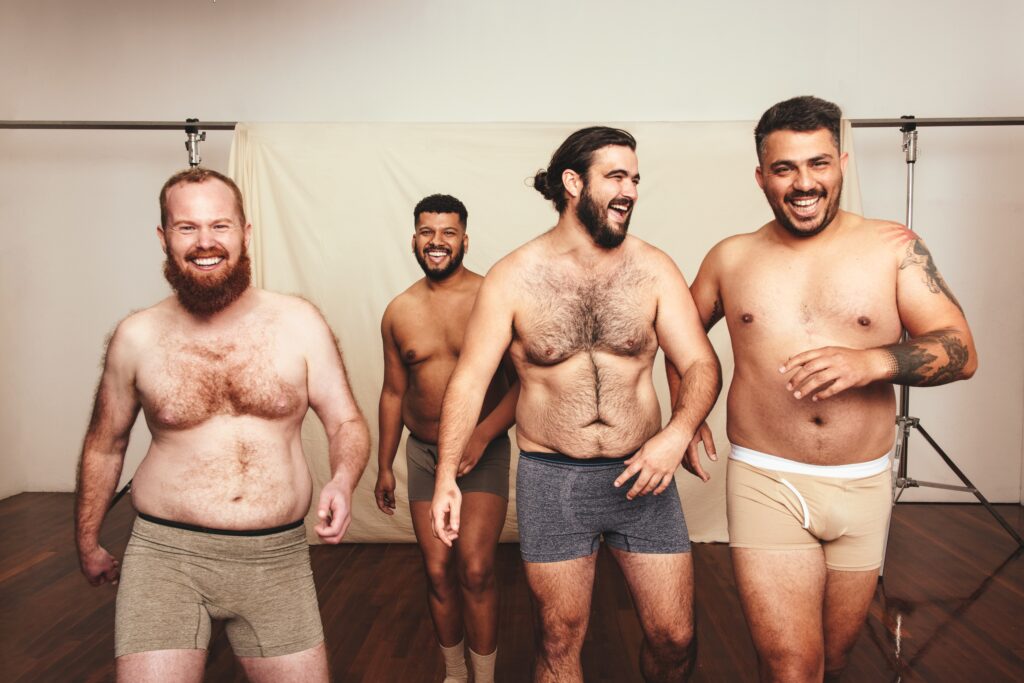
Then there are people who are more forgiving when it comes to body types, allowing for bigger bellied men to be counted into the fold, so long as they are “masculine”. Now, there is nothing wrong with being attracted to masculinity, I want to make that clear. I happen to love it myself. However, there are those that shun anyone or anything deemed too feminine, which is when it becomes toxic.
Then, of course, there are those that insist that bears can only be cisgendered males which, in this day and age, is just antiquated thinking and the absolute antithesis of what our community was built upon.
The bear scene started picking up steam in the early to mid-80’s when bigger bodied and hairy men gathered together amongst themselves since they were unwelcomed into mainstream gay circles which featured smooth and chiseled bodies. Bears became a counterculture where those that did not fit the norm were welcomed in with open arms and appreciated for who they were. San Francisco led the way here in the States with the local Hug Parties and the popularization of Bear magazine.
As the culture evolved, we held onto that welcoming attitude and mission statement as a badge of honor, knowing just how terrible it felt to be excluded from the mainstream. However, as time went on the message got corrupted and in the 90’s there was a rift between ‘regular bears’ and ‘muscle bears’. Once again fit bodies became celebrated at the expense of the normal bodied people who created and inhabited bear spaces to begin with. And this is all to say nothing of the racial discrimination that ran rampant as well in the bear community.
As we’ve moved into the new millennium, muscle bears and regular bears have found an imperfect peace with each other and now our eyes need to be set on the other injustices and inconsistencies present between bear philosophy and action.
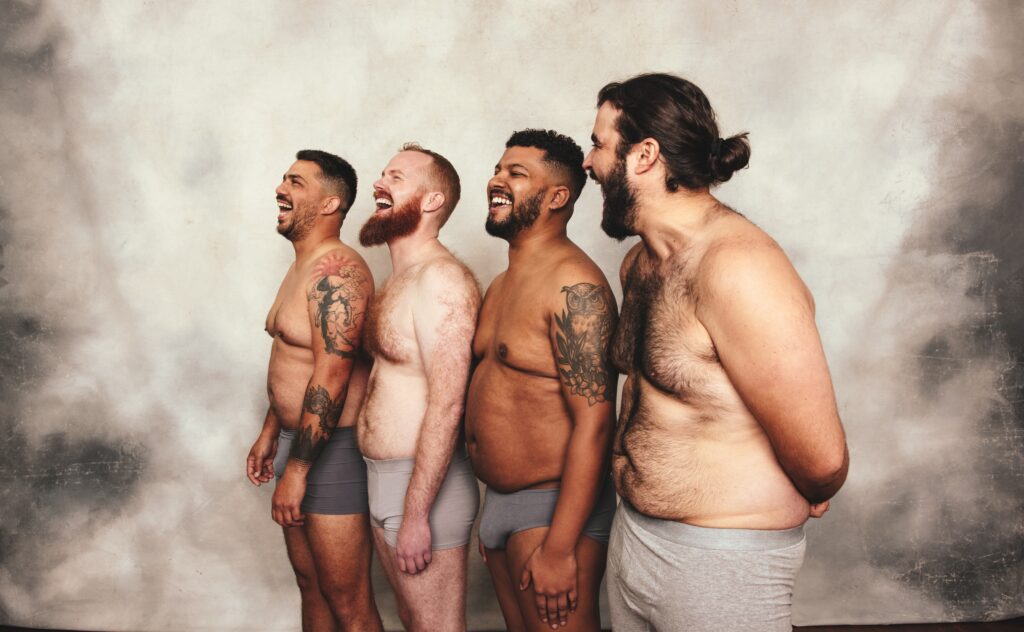
In this modern age there are still problems with inclusivity in the bear community. Bears of color are still overlooked and left out repeatedly and it is part of the mission of this magazine to help correct that. Similarly, we also have a wonderful contingency of mama bears, trans bears and non-binary bears out there that want a seat at the table and are repeatedly bumping up against old biases and backwards ways of thinking. This is unacceptable.
So, how do I define a bear? Simple. If you identify as a bear, you are a bear. Any race, gender, age, creed, body type or sexual orientation is welcome at my bear run. Our community was founded because we were ousted from the mainstream, how dare we turn around and try to exclude anyone?
There is safety in numbers, bears, and we are facing very difficult times around the world. This isn’t high school, anyone who wants to join our club, partake in our culture and uplift us is more than welcome as far as I am concerned.

